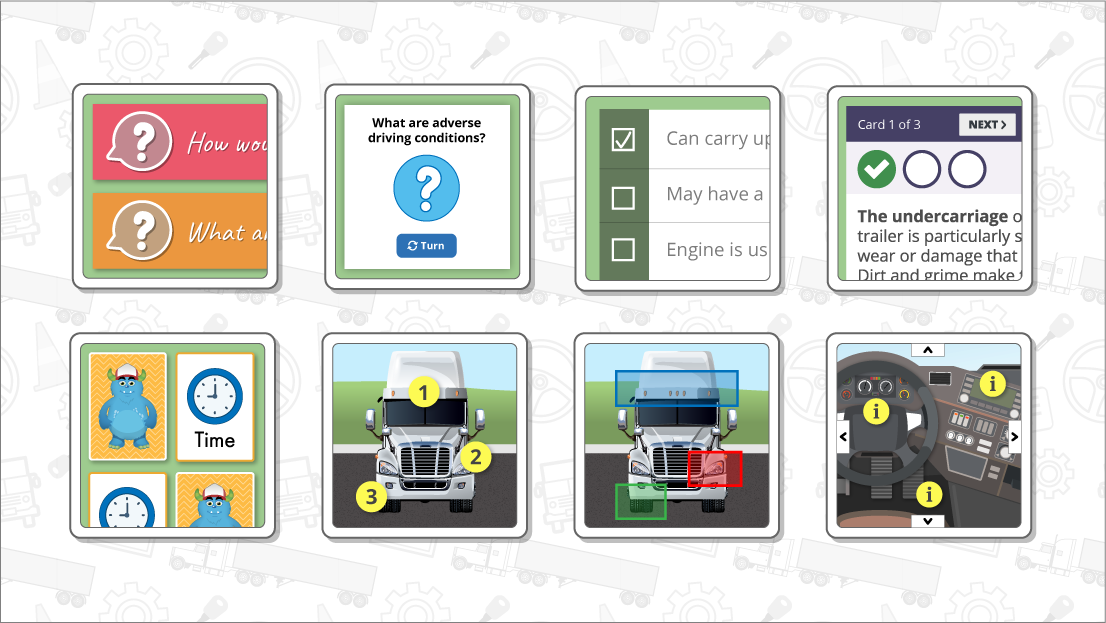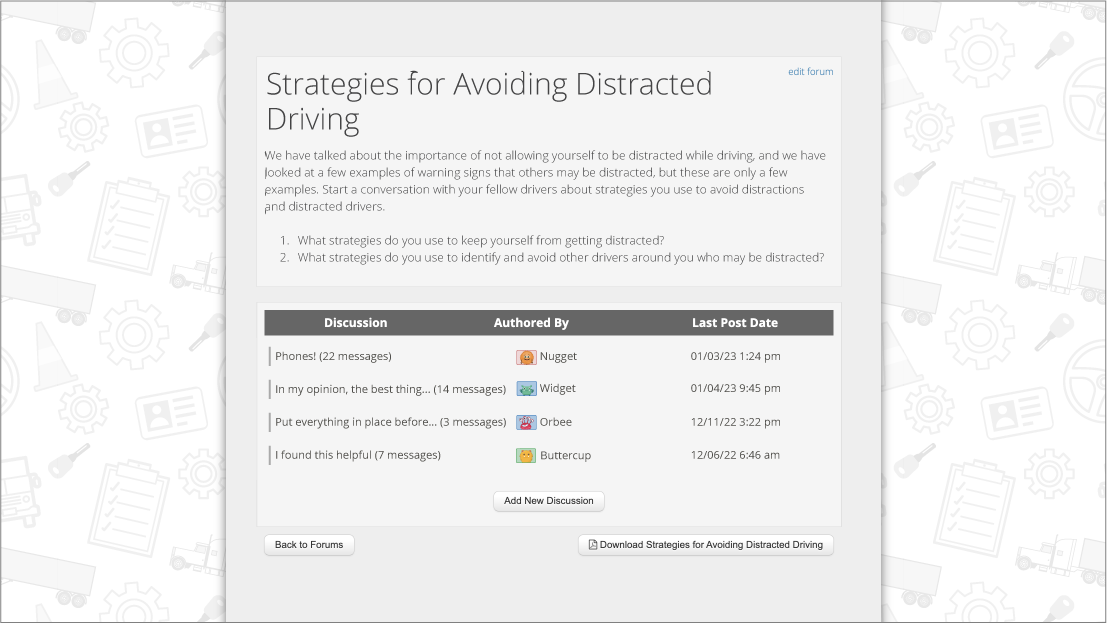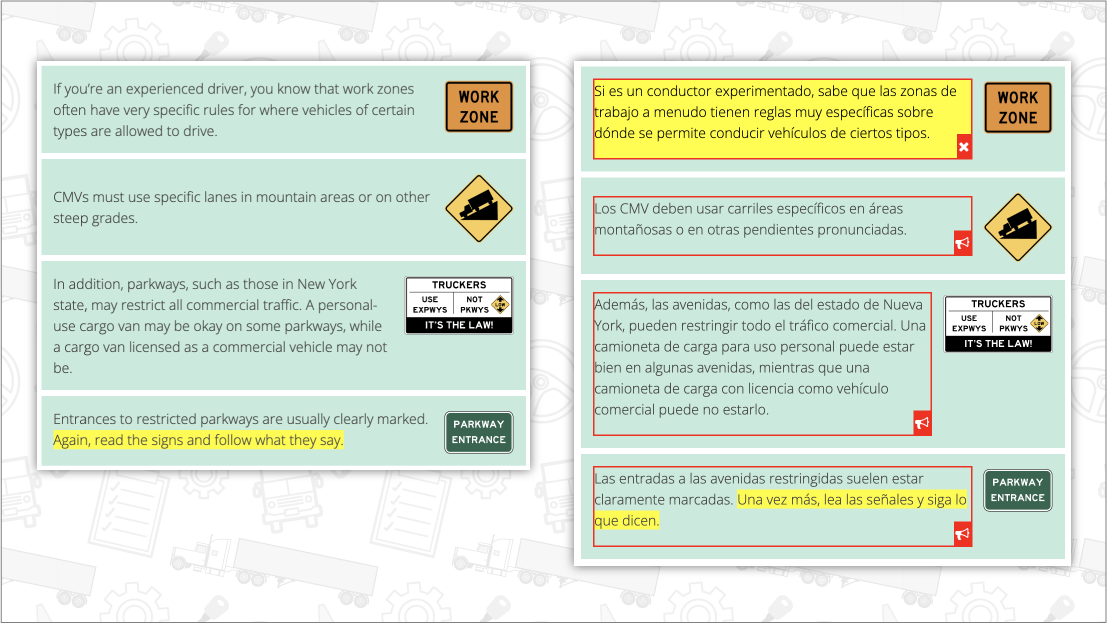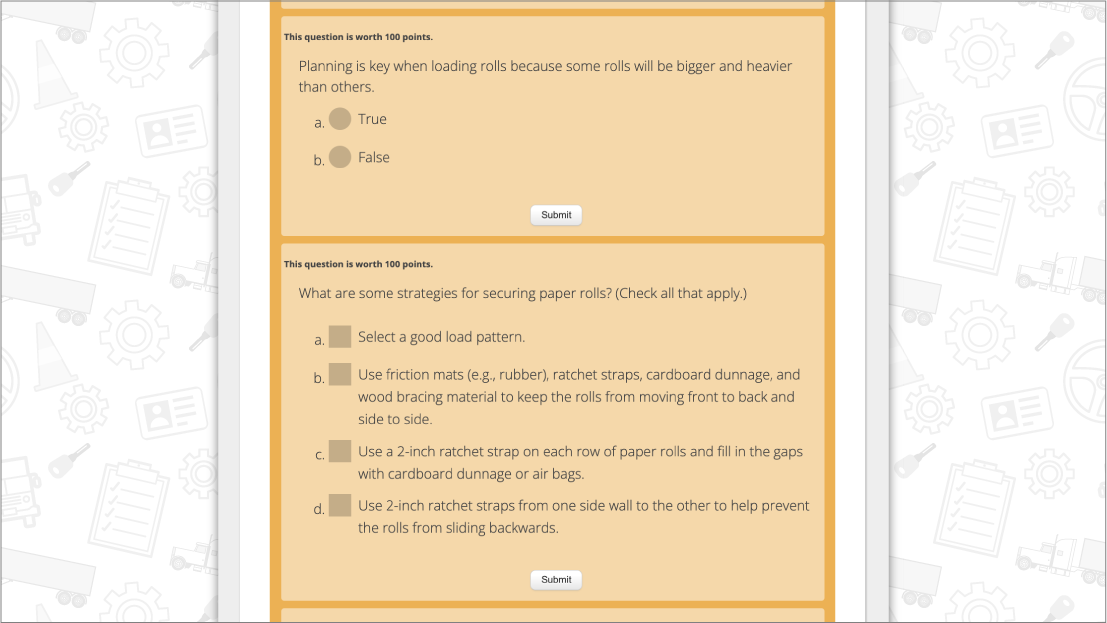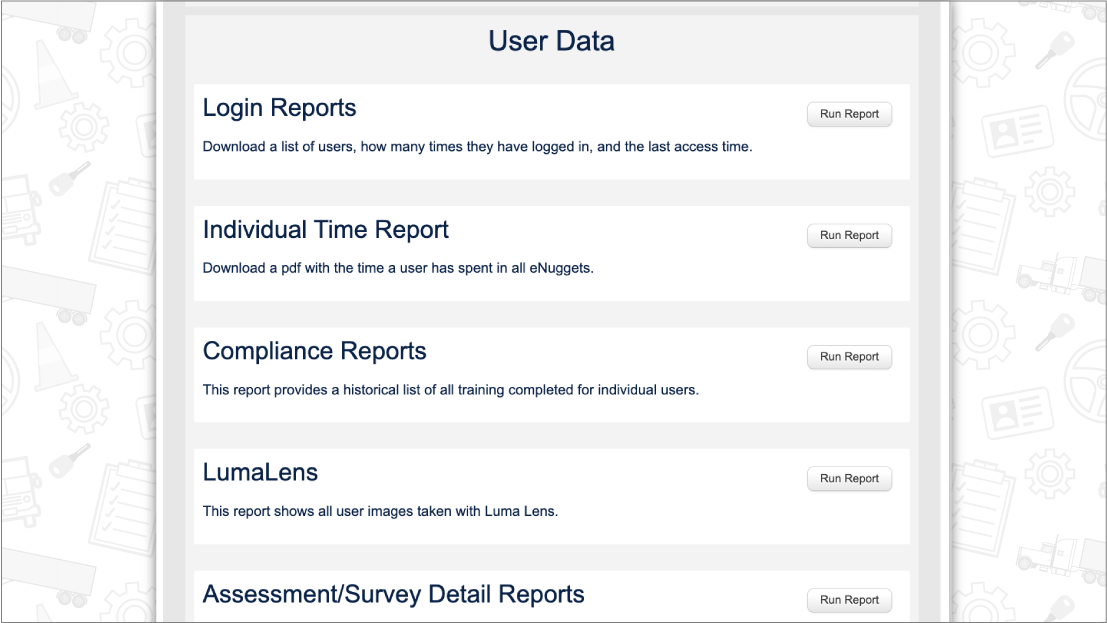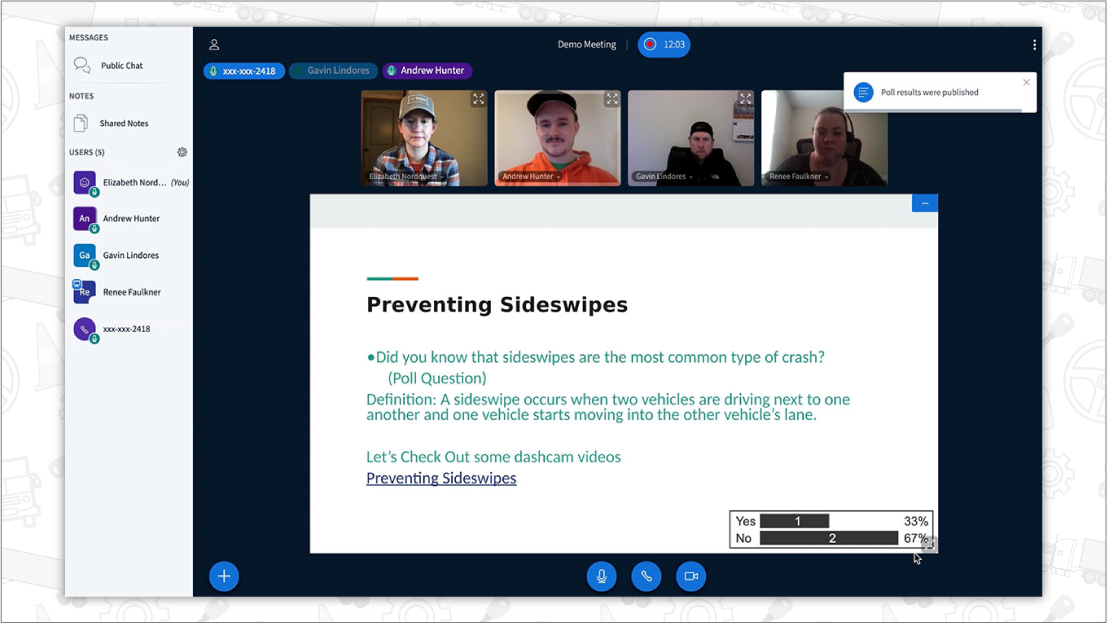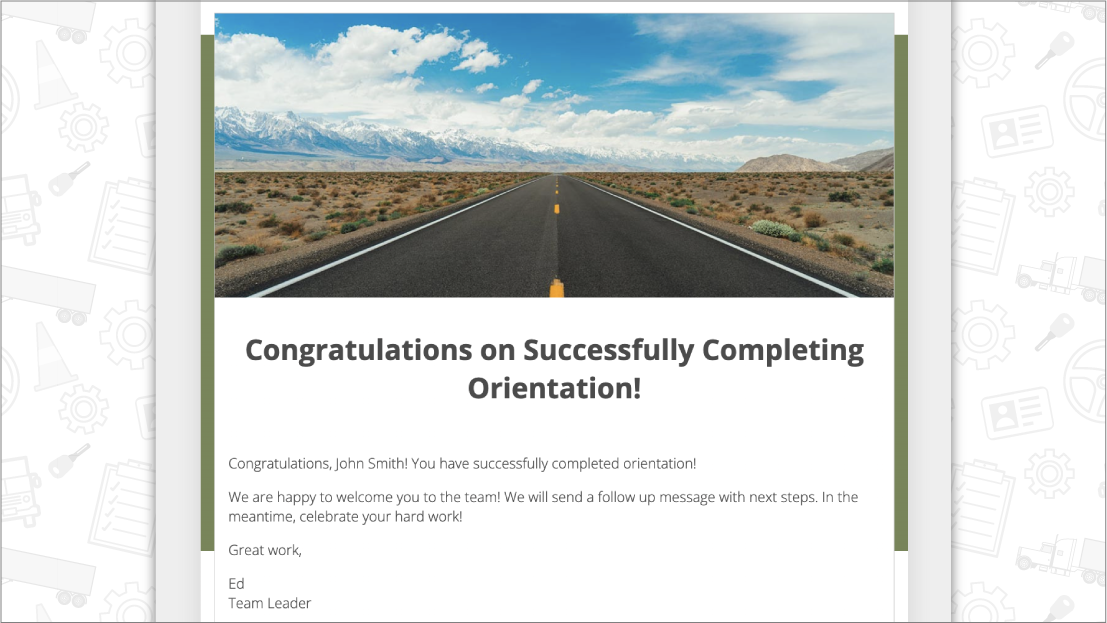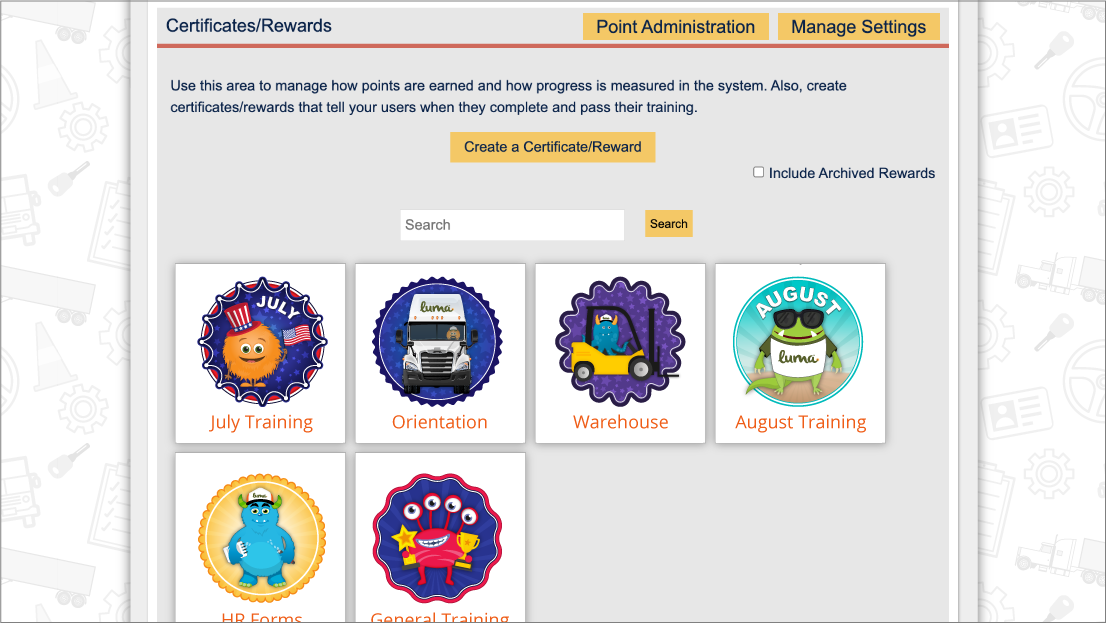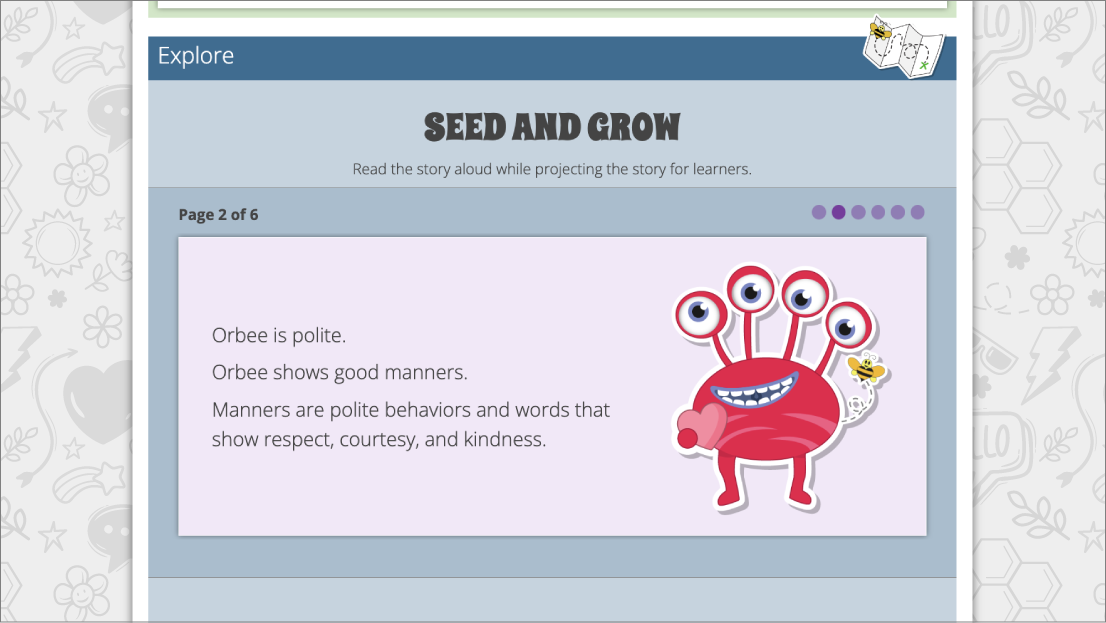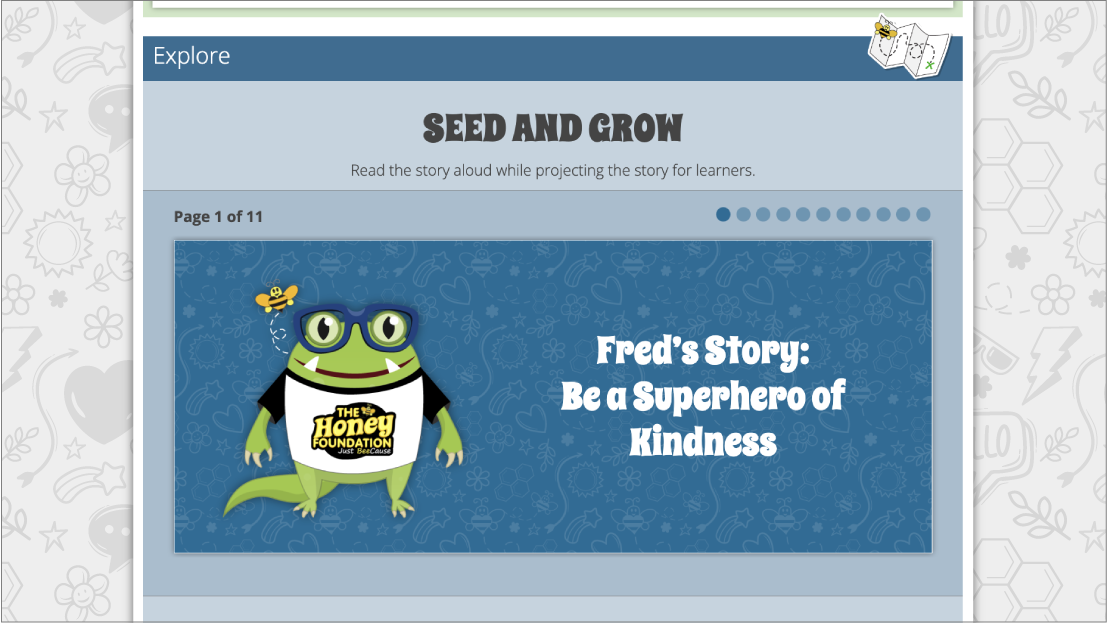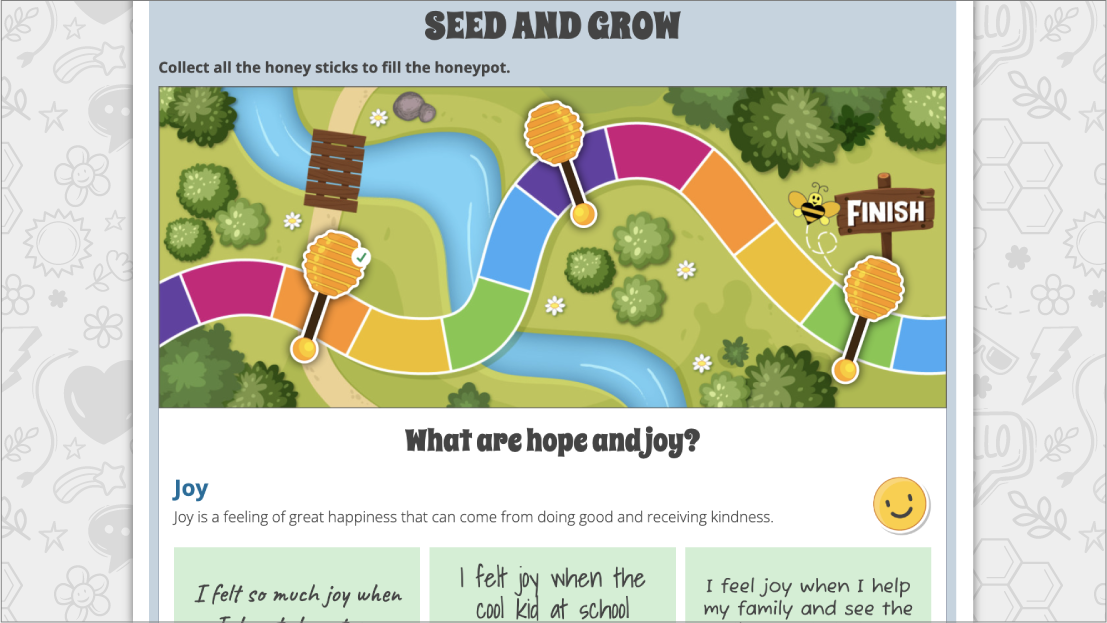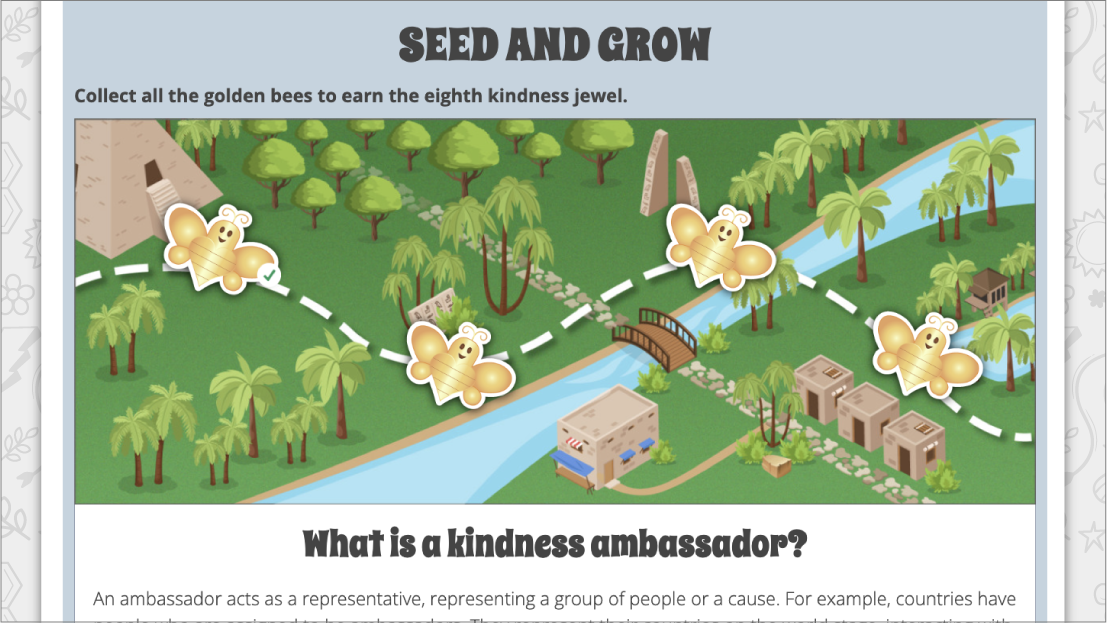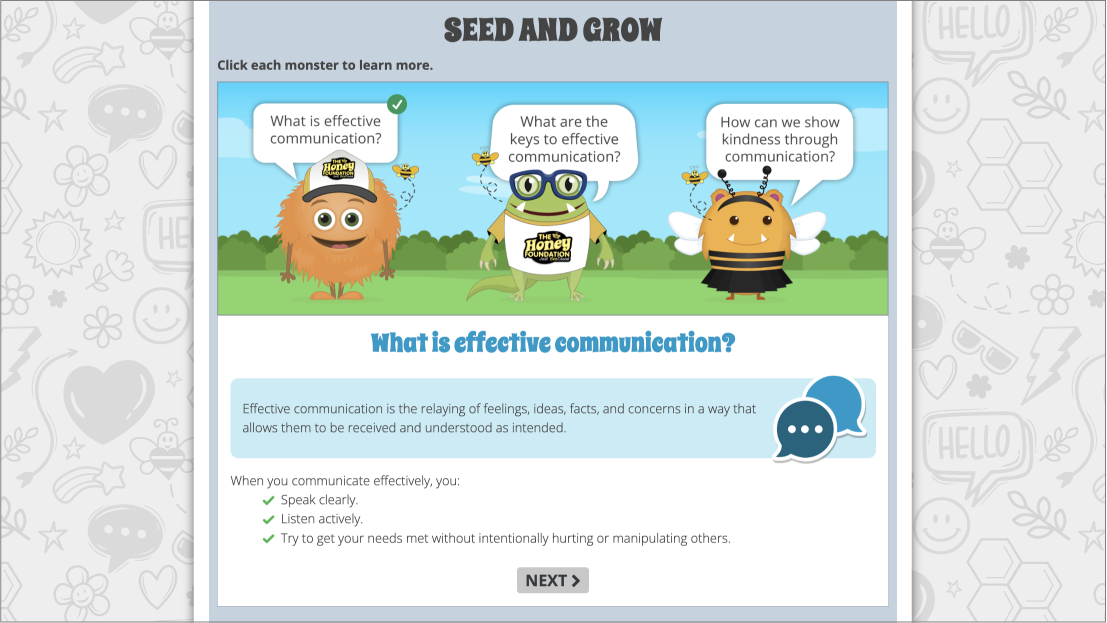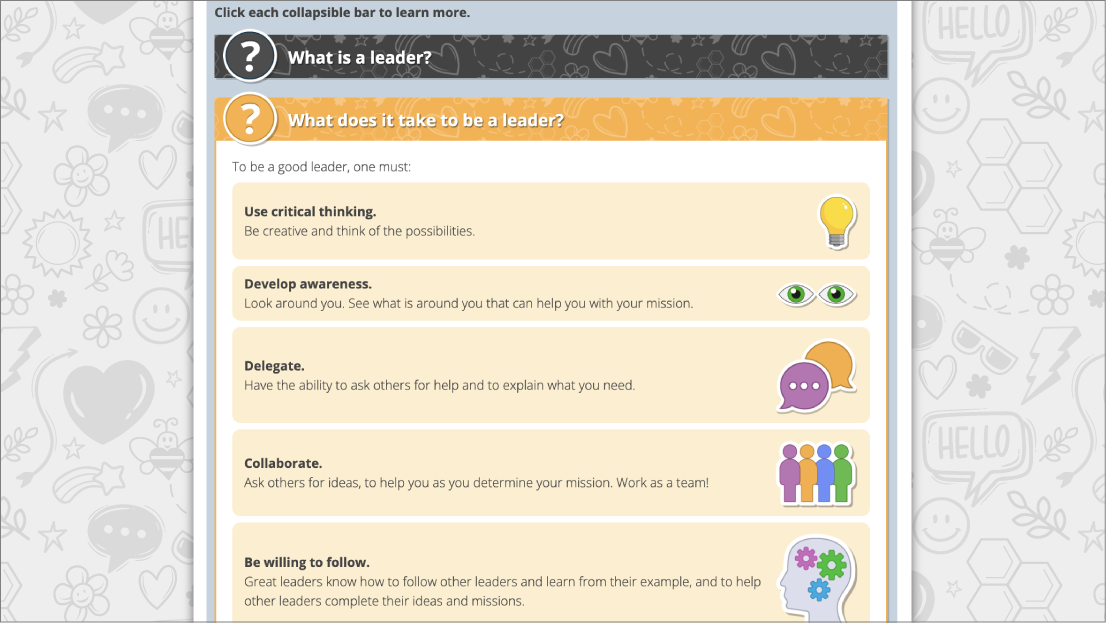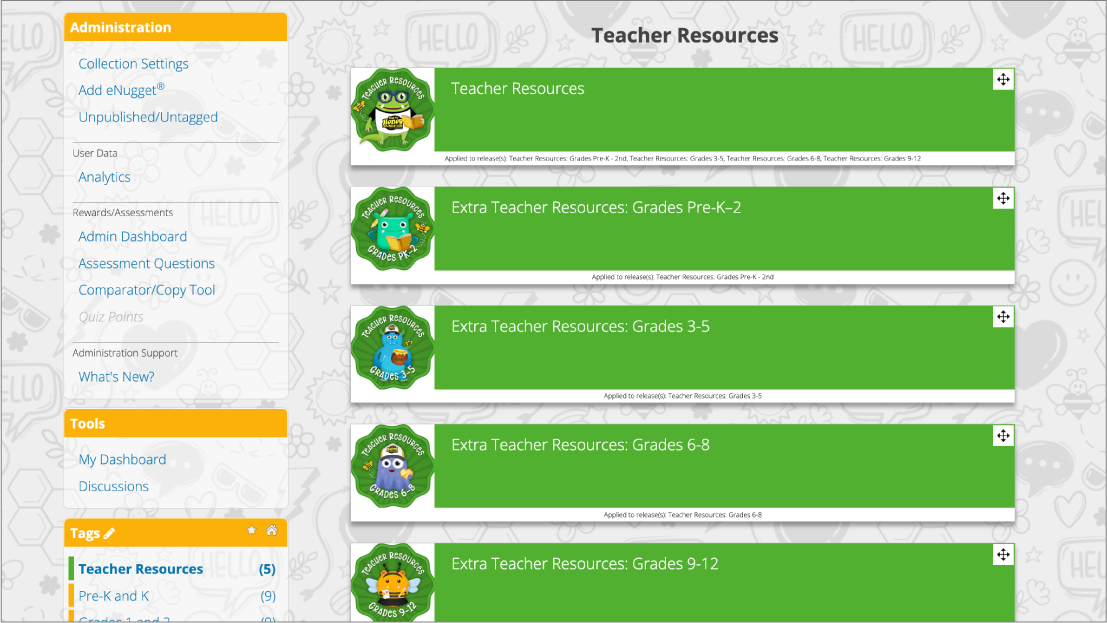
How to Communicate When Pulled Over
Don’t let this be your unlucky day! There are red and blue lights in the rearview mirror, which means you are getting stopped by the police. Getting pulled over by the authorities can be an embarrassing and unpleasant experience for any driver. However, it can go much smoother by being respectful and following some simple rules of engagement while communicating with the officer. This Learning Lesson details ways to teach your drivers how to communicate when pulled over.
 Have your heard? Our Learning Lessons have been collected into a book available for purchase on Amazon.com! Teaching Without A Teaching Degree: Luma Learning Lessons contains 52 lesson plans and worksheets with 106 different teaching strategies designed for the trucking industry that can easily be adapted to suit any age and content topic.
Have your heard? Our Learning Lessons have been collected into a book available for purchase on Amazon.com! Teaching Without A Teaching Degree: Luma Learning Lessons contains 52 lesson plans and worksheets with 106 different teaching strategies designed for the trucking industry that can easily be adapted to suit any age and content topic.Our free Luma Learning Lessons include objectives, estimated time, materials and instructional procedures for classroom and online/blended teaching. We will provide strategies on how to use our new LumaLive technology to collaborate virtually in real-time. We include these pillars from our learning research to illustrate where they are infused in our lessons.
Interaction Types

For decades there has been discussions of interaction types in education. (Anderson, 2003) Most interaction types observed in driver training traditionally are learner to instructor or learner to content. Moreover, most interaction time with driver training and orientation is synchronous or at the same time. This Learning Strategy is going to help you think about ways you can hold training without a physical classroom.
Interaction Time
The following Lesson is broken down into two different interaction times.
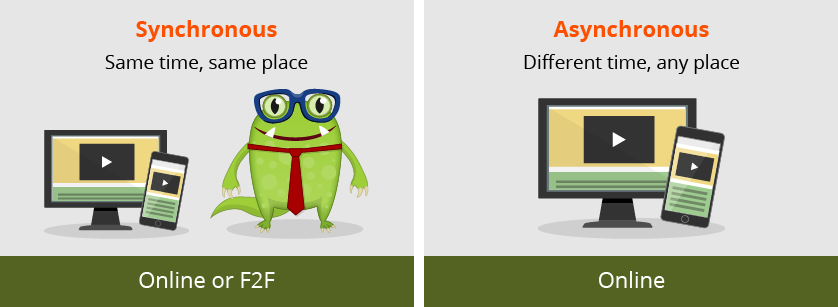
Objectives
|
|
Estimated Time60 minutes |
|
Materials
|
 Arrange the room in stations and put 1 scenario on each table.
Arrange the room in stations and put 1 scenario on each table.
 Have learners work in pairs.
Have learners work in pairs.
 Optional: Have learners come up with team names.
Optional: Have learners come up with team names.

 Have the teams come up with solutions or responses to the scenarios. Feel free to add specific scenarios that apply to you at your company.
Have the teams come up with solutions or responses to the scenarios. Feel free to add specific scenarios that apply to you at your company.
 When teams have made their way through all the scenarios, have the groups discuss their solutions.
When teams have made their way through all the scenarios, have the groups discuss their solutions. Invite the police officer to provide his or her perspective on their solutions.
Invite the police officer to provide his or her perspective on their solutions. Invite the learners to create posters for the office to display that align to tips for communicating with the police.
Invite the learners to create posters for the office to display that align to tips for communicating with the police.
 Optional: After they leave the class have them review Luma’s eNugget® on How to Communicate When Pulled Over or a similar online content.
Optional: After they leave the class have them review Luma’s eNugget® on How to Communicate When Pulled Over or a similar online content.
 Optional: You can choose 1 poster a month to highlight in a company newsletter. Hang posters in the office and post on social media.
Optional: You can choose 1 poster a month to highlight in a company newsletter. Hang posters in the office and post on social media.
 Assign Luma’s eNugget® on How to Communicate When Pulled Over or a similar online content.
Assign Luma’s eNugget® on How to Communicate When Pulled Over or a similar online content.
 Provide a challenge for learners to create posters for the office to display that align to tips for communicating with the police. Set a date for them to submit their posters by sending snail mail, dropping it off by a terminal, or taking a picture and sending via mail.
Provide a challenge for learners to create posters for the office to display that align to tips for communicating with the police. Set a date for them to submit their posters by sending snail mail, dropping it off by a terminal, or taking a picture and sending via mail.
 Have drivers submit questions about communicating with policy before a live classroom or online synchronous session in a webinar tool like LumaLive.
Have drivers submit questions about communicating with policy before a live classroom or online synchronous session in a webinar tool like LumaLive.
 Invite a police officer to share their experiences and best practices for communicating with police.
Invite a police officer to share their experiences and best practices for communicating with police.
 Hold a Q & A with the drivers.
Hold a Q & A with the drivers.

 Luma® is a learning and instructional design company that is always coming out with new training topics. Need something specific? Give us a call at (574) 807-8148 ext 5 or email
Luma® is a learning and instructional design company that is always coming out with new training topics. Need something specific? Give us a call at (574) 807-8148 ext 5 or email 